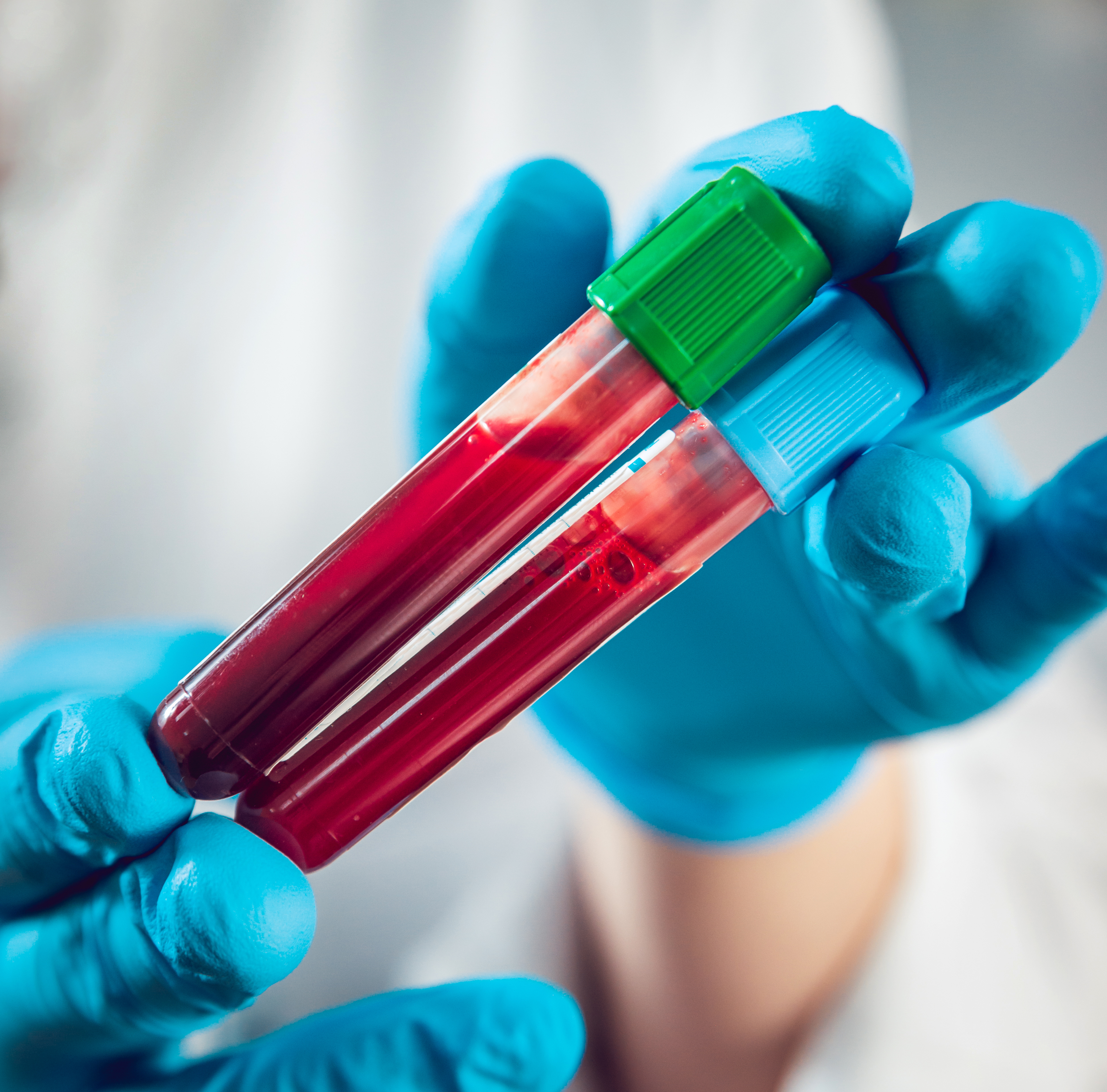AAP stresses value of public vs. private cord blood banks
A joint policy statement released by the AAP Sections on Hematology/Oncology and Allergy and Immunology emphasizes the importance of donating cord blood to public banks for later use in hematopoietic stem cell transplantation to treat children with malignancies, blood disorders, immune deficiencies and metabolic disorders.
“Most parents will never need cord blood for their own family’s use, but they can donate this precious life-saving gift to benefit others,” William T. Shearer, MD, PhD, FAAP, from the department of pediatrics and pathology and immunology in the College of Medicine at Baylor University and the section of immunology, allergy and rheumatology at Texas Children’s Hospital, said in a press release. “We expect the need for these therapies that rely on stem cell transplantation to grow, and would like families to understand the choices they have.”

According to the release, this statement is an update to a previous statement issued by the organization in 2007. The new statement includes current information regarding universal newborn screening for disease requiring treatment using stem cells, a process that an increasing number of states are implementing.
Shearer and colleagues note that over 30,000 hematopoietic stem cell transplants were performed using cord blood for stem cells by 2013. Current estimates place 800,000 cord blood units in public cord blood banks and over 5,000,000 cord blood units in private cord blood banks.
The following differences between public and private cord blood banking have been established in the policy statement:
- Public cord blood banks provide individuals around the world with matched cord blood, whereas private banks provide a family with their own cord blood. This is largely beneficial for families who have known genetic defects;
- Private banks require a placement fee ranging from $1,350 to $2,300. Additionally, these banks charge a maintenance fee from $100 to $175. Donations are free to public cord blood banks;
- Oversight accrediting institutions strictly regulate public cord blood banks, whereas private cord blood banks may not adhere to the same standards, possibly diminishing the quality of the donated blood;
- Cord blood stem cells are 30 times more frequently used when placed in public banks; however, these banks are more in need of donations from ethnic and minority populations to match increased demand.
“The research is evolving in this area, which is exciting news for patients whose lives may someday depend on a donation of cord blood,” Shearer said in the release. “The hope is that more doctors will discuss the options with expectant parents well in advance of their baby’s birth, so they understand the tremendous potential to help others in medical need.”– by Katherine Bortz
Disclosures: Notarangelo is supported by the Intramural Research Program of the National Institute of Allergy and Infectious Diseases, National Institutes of Health; and Shearer, Lubin and Cairo have reported no relevant financial disclosures.
